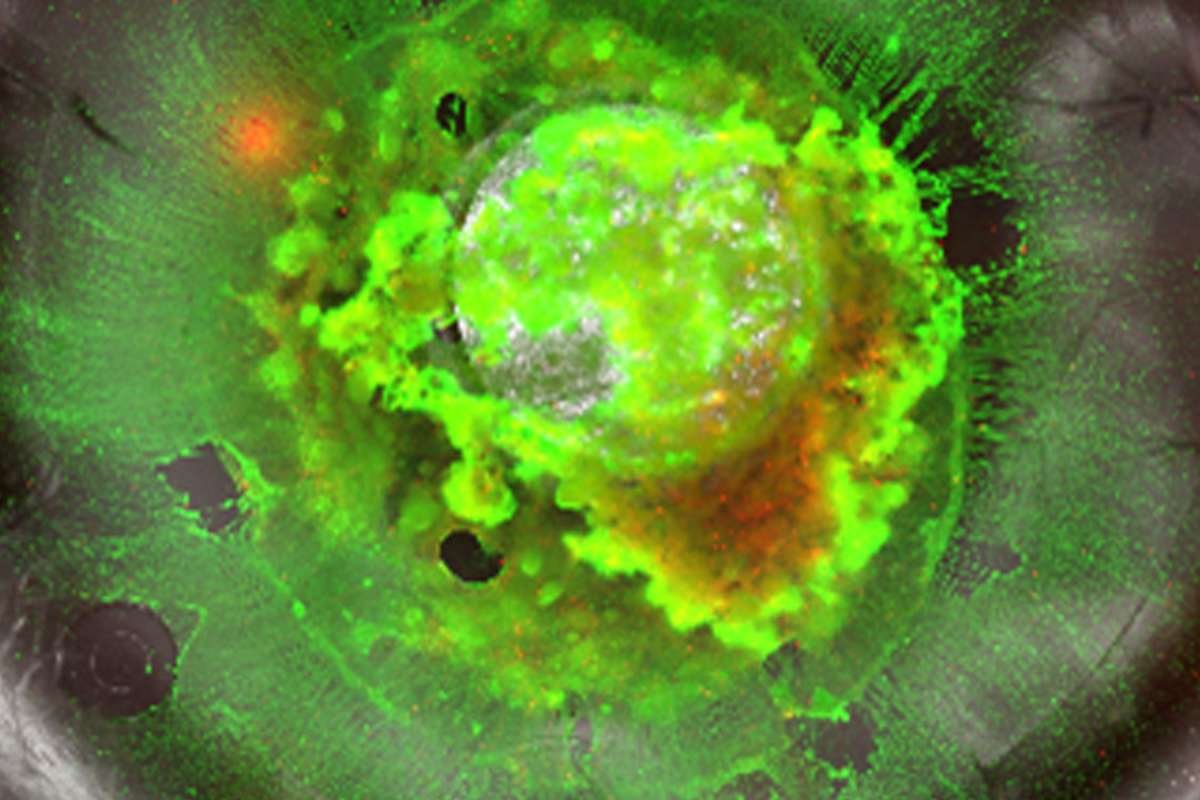Table of Contents
The term Copy Number Variation (CNV) describes the inherent fluctuation in the quantity of copies of particular genomic regions among members of a population. These differences may include small-scale or large-scale chromosomal duplications or deletions of genetic material. With ramifications for biomedical research, diagnostics, and personalized therapy, CNVs are essential to genetic diversity, evolution, and disease susceptibility.
Genomic Landscape of Copy Number Variation:
The human genome is composed of approximately 3 billion base pairs of DNA, organized into 23 pairs of chromosomes. Copy Number Variation arises from mechanisms such as unequal crossing over during meiosis, segmental duplications, and genomic rearrangements. While most CNVs are benign and contribute to normal phenotypic variation, some CNVs can have significant effects on gene expression, protein function, and disease susceptibility.
Copy Number Variation (CNV) is a prevalent form of genetic variation observed across diverse populations. It arises from various mechanisms, including unequal crossing over during meiosis, which can result in the duplication or deletion of specific genomic regions. Additionally, segmental duplications, where identical or similar DNA sequences are present in multiple copies within the genome, can predispose to CNVs. Genomic rearrangements, such as inversions, translocations, and deletions, further contribute to CNV formation.
While most CNVs are considered benign and contribute to the normal genetic diversity observed among individuals, some CNVs can have significant functional consequences. For example, duplications of genomic regions containing genes involved in immune response pathways may confer enhanced immunity to certain infections. Conversely, deletions affecting critical developmental genes can lead to neurodevelopmental disorders, congenital anomalies, or other genetic syndromes.
The study of CNVs has provided valuable insights into the genetic basis of complex traits and diseases. By analyzing the genomic landscape of CNVs, researchers can identify candidate genes associated with specific phenotypes or diseases, unravel the molecular mechanisms underlying disease pathogenesis, and develop targeted therapeutic interventions.
Furthermore, CNVs contribute to genetic diversity within populations and play a role in evolutionary adaptation. They provide a substrate for natural selection, enabling populations to adapt to changing environmental pressures and challenges. Studying CNVs in diverse populations can shed light on human evolutionary history, population migrations, and adaptation to different environments.
Overall, understanding the genomic landscape of Copy Number Variation is essential for unraveling the complexities of the human genome, elucidating the genetic basis of disease, and advancing precision medicine initiatives aimed at personalized diagnosis and treatment strategies. Continued research in this field holds promise for improving our understanding of human genetics and its implications for health and disease.
Detection and Characterization of Copy Number Variation:

Advancements in high-throughput genomic technologies, such as microarray-based Comparative Genomic Hybridization (CGH) and next-generation sequencing (NGS), have revolutionized the detection and characterization of Copy Number Variation. These methods enable researchers to identify CNVs with high resolution and accuracy, providing insights into their genomic location, size, and functional consequences.
Biological Significance of Copy Number Variation:
Copy Number Variation plays a crucial role in various biological processes, including gene regulation, evolution, and adaptation. CNVs can influence gene dosage, altering the expression levels of genes involved in essential biological pathways. Additionally, CNVs contribute to genetic diversity within populations, providing a substrate for natural selection and evolutionary adaptation to changing environmental conditions.
Copy Number Variation (CNV) is a significant source of genetic diversity in the human population, contributing to phenotypic variability and disease susceptibility. CNVs can encompass genes involved in diverse biological processes, including development, metabolism, immune response, and neuronal function. By altering gene dosage or disrupting gene structure, CNVs can influence gene expression levels, protein function, and cellular signaling pathways, leading to phenotypic differences among individuals.
Moreover, CNVs have implications for evolutionary biology and population genetics. They provide raw material for evolutionary innovation and adaptation by introducing novel genetic variants into populations. CNVs can undergo positive selection, whereby advantageous variations are preferentially retained and propagated in response to environmental pressures or selective forces. Conversely, deleterious CNVs may be subject to purifying selection, leading to their elimination from the population over time.
Overall, the biological significance of Copy Number Variation extends beyond individual phenotypic variation to impact evolutionary processes, population dynamics, and disease susceptibility. Understanding the functional consequences of CNVs is essential for elucidating the genetic basis of complex traits and diseases, unraveling evolutionary mechanisms, and informing strategies for personalized medicine and public health interventions.
Copy Number Variation in Health and Disease:

Copy Number Variation is associated with a wide range of human diseases and disorders, including neurodevelopmental disorders, congenital anomalies, cancer, and autoimmune diseases. For example, CNVs affecting genes involved in neuronal development and synaptic function have been implicated in autism spectrum disorders and intellectual disabilities. Similarly, CNVs affecting tumor suppressor genes or oncogenes can promote cancer development and progression.
Clinical Implications of Copy Number Variation:
Copy Number Variation has significant clinical implications for disease diagnosis, prognosis, and treatment. In clinical genetics, the detection of pathogenic CNVs can aid in the diagnosis of genetic disorders, inform genetic counseling, and guide therapeutic interventions. Furthermore, CNVs can serve as biomarkers for disease risk assessment, treatment response prediction, and targeted therapy selection in precision medicine approaches.
Moreover, Copy Number Variation (CNV) has emerged as a valuable tool in oncology for cancer diagnosis, prognosis, and therapeutic decision-making. CNVs can serve as biomarkers for cancer subtyping, risk stratification, and prediction of treatment outcomes. By analyzing CNVs in tumor genomes, clinicians can identify oncogenic drivers, tumor suppressor gene losses, and chromosomal aberrations associated with cancer progression and metastasis.
Additionally, CNVs play a crucial role in pharmacogenomics, where they influence individual responses to medications and drug metabolism. Genetic variations in drug-metabolizing enzymes or drug target genes due to CNVs can affect drug efficacy, toxicity, and adverse reactions. Therefore, integrating CNV analysis into clinical practice enables personalized medicine approaches, optimizing treatment regimens, and improving patient outcomes.
Challenges and Future Directions:

Despite the advancements in CNV detection technologies, several challenges remain in the field of Copy Number Variation research. These challenges include the interpretation of CNVs of uncertain significance, the integration of CNV data into clinical practice, and the ethical implications of genetic testing and counseling. Moving forward, future research efforts will focus on addressing these challenges and elucidating the functional consequences of CNVs in health and disease.
Conclusion:
A key component of genetic diversity, copy number variation has a significant impact on human health and disease. In order to advance our understanding of the human genome and apply genomic discoveries to clinical practice, it is imperative that we comprehend the mechanisms behind CNV generation, detection, and functional implications. In the age of precision medicine, research on copy number variation has great potential to advance illness diagnosis, prognosis, and treatment.

Unlocking the Code of Life: Exploring Genome Editing and CRISPR-Cas9
With the help of ground-breaking tools like CRISPR-Cas9, the science of genome editing has revolutionized our understanding of genetics and has the potential to have transformative effects in some fields.











